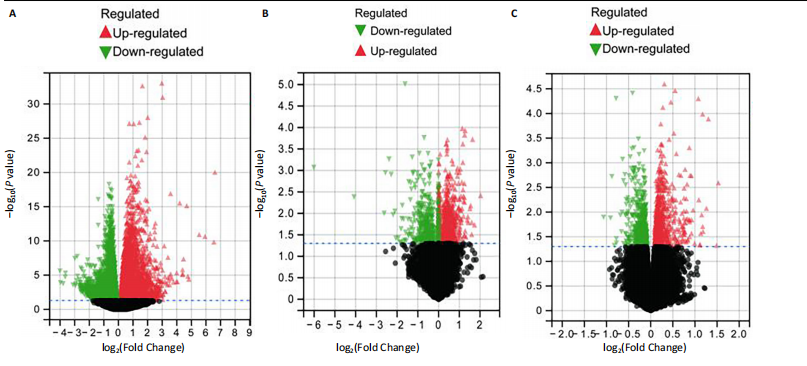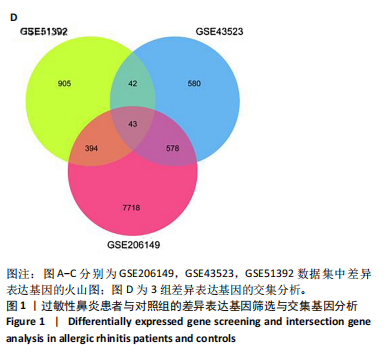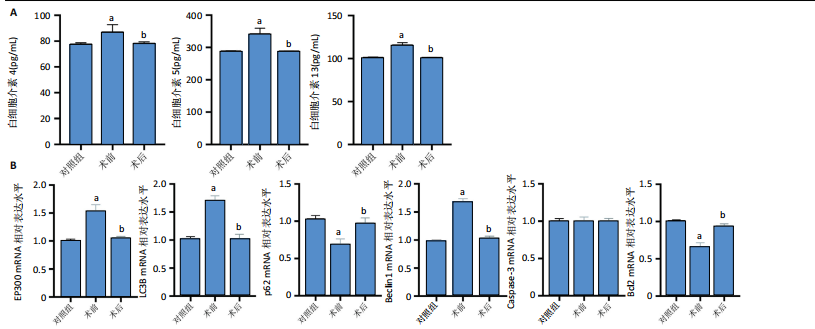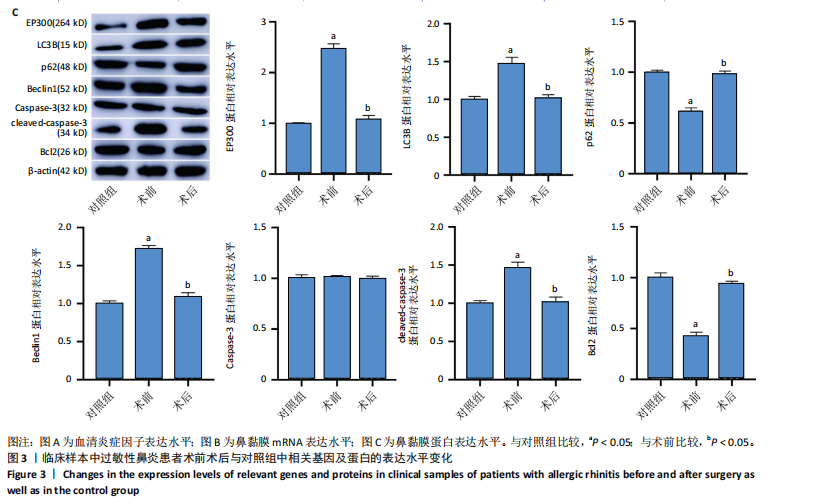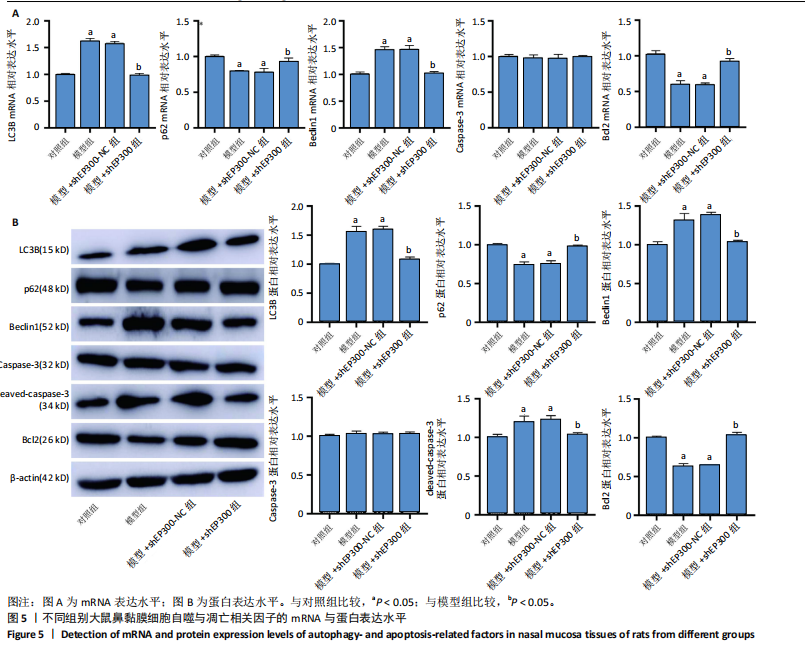[1] WISE SK, DAMASK C, ROLAND LT, et al. International consensus statement on allergy and rhinology: Allergic rhinitis - 2023. Int Forum Allergy Rhinol. 2023;13(4):293-859.
[2] LETH-MOLLER KB, SKAABY T, LINNEBERG A. Allergic rhinitis and allergic sensitisation are still increasing among Danish adults. Allergy. 2020;75(3):660-668.
[3] MA T, WANG X, ZHUANG Y, et al. Prevalence and risk factors for allergic rhinitis in adults and children living in different grassland regions of Inner Mongolia. Allergy. 2020;75(1):234-239.
[4] ZHANG Y, LAN F, ZHANG L. Advances and highlights in allergic rhinitis. Allergy. 2021;76(11):3383-3389.
[5] BERNSTEIN JA, BERNSTEIN JS, MAKOL R, et al. Allergic Rhinitis: A Review. JAMA. 2024;331(10):866-877.
[6] LI Q, ZHANG X, FENG Q, et al. Common Allergens and Immune Responses Associated with Allergic Rhinitis in China. J Asthma Allergy. 2023;16:851-861.
[7] LI Z, REN J, ZHANG J, et al. Association between IL1RL1 gene polymorphisms and allergic rhinitis risk in the Chinese Han population. J Clin Lab Anal. 2022;36(11):e24747.
[8] DAI J, XIA K, HUAI D, et al. Identification of diagnostic signature, molecular subtypes, and potential drugs in allergic rhinitis based on an inflammatory response gene set. Front Immunol. 2024;15:1348391.
[9] TAO Q, ZHU Y, WANG T, et al. Identification and analysis of lipid metabolism-related genes in allergic rhinitis. Lipids Health Dis. 2023; 22(1):105.
[10] CAO K, ZHU J, LU M, et al. Analysis of multiple programmed cell death-related prognostic genes and functional validations of necroptosis-associated genes in oesophageal squamous cell carcinoma. EBioMedicine. 2024;99:104920.
[11] SUN J, HUANG L, WANG J, et al. Programmed cell death in autoimmune diseases: ferroptosis. Ann Biol Clin (Paris). 2024;82(1):33-42.
[12] LIU S, WANG C, ZHANG Y, et al. Polydatin inhibits mitochondrial damage and mitochondrial ROS by promoting PINK1-Parkin-mediated mitophagy in allergic rhinitis. FASEB J. 2023;37(4):e22852.
[13] WANG M, YU F, ZHANG Y, et al. Programmed cell death in tumor immunity: mechanistic insights and clinical implications. Front Immunol. 2023;14:1309635.
[14] RUBIO K, MOLINA-HERRERA A, PEREZ-GONZALEZ A, et al. EP300 as a Molecular Integrator of Fibrotic Transcriptional Programs. Int J Mol Sci. 2023;24(15):12302.
[15] MA M, ZHAO S, LI C, et al. Transient receptor potential channel 6 knockdown prevents high glucose-induced Müller cell pyroptosis. Exp Eye Res. 2023;227:109381.
[16] ZHANG Z, KANG H. Protective effect of Asarum sieboldii essential oil on ovalbumin induced allergic rhinitis in rat. Biosci Rep. 2020; 40(6):BSR20191370.
[17] ŞAHIN A, SAKAT MS, KILIÇ K, et al, The protective effect of Naringenin against ovalbumin-induced allergic rhinitis in rats. Eur Arch Otorhinolaryngol. 2021;278(12):4839-4846.
[18] SHOU Q, TAN T, XU F. Salvinorin A inhibits ovalbumin-stimulated allergic rhinitis and RBL-2H3 cells degranulation. FEBS Open Bio. 2021; 11(8):2166-2173.
[19] WANG X, ZHANG H, DU L, et al. Influences of miR-378a-3p on the Pathogenesis of Allergic Rhinitis via GzmB-Mediated Inflammatory Reaction. Evid Based Complement Alternat Med. 2022;2022:5926834.
[20] DRAZDAUSKAITE G, LAYHADI JA, SHAMJI MH. Mechanisms of Allergen Immunotherapy in Allergic Rhinitis. Curr Allergy Asthma Rep. 2020;21(1):2.
[21] JIAO W E, XU S, QIAO YL, et al. Corrigendum to “Notch2-dependent GATA3+ Treg cells alleviate allergic rhinitis by suppressing the Th2 cell response” [Int. Immunopharmacol. 112 (2022) 109261]. Int Immunopharmacol. 2024;136:112164.
[22] JI T, LI H. T-helper cells and their cytokines in pathogenesis and treatment of asthma. Front Immunol. 2023;14:1149203.
[23] WANG Y, ZHANG L, SHI B, et al. Trends and research foci in immunoregulatory mechanisms of allergic rhinitis: a bibliometric analysis (2014-2024). Front Immunol. 2024;15:1443954.
[24] KANAGARATHAM C, EL ANSARI YS, LEWIS OL, et al. IgE and IgG Antibodies as Regulators of Mast Cell and Basophil Functions in Food Allergy. Front Immunol. 2020;11:603050.
[25] SAVAS H B, GUNIZI H. Thiol-disulfide balance and trace element levels in patients with seasonal allergic rhinitis. Afr Health Sci. 2022;22(3): 322-328.
[26] FAN K, ZHOU S, JIN L, et al. Identification of key genes and the pathophysiology associated with allergen-specific immunotherapy for allergic rhinitis. BMC Immunol. 2023;24(1):19.
[27] HUANG H, REN Y, LIANG H, et al. Mechanism of TCONS_00147848 regulating apoptosis of nasal mucosa cells and alleviating allergic rhinitis through FOSL2-mediated JAK/STAT3 signaling pathway. Sci Rep. 2021;11(1):15991.
[28] LIN R, FOGARTY CE, MA B, et al. Identification of ferroptosis genes in immune infiltration and prognosis in thyroid papillary carcinoma using network analysis. BMC Genomics. 2021;22(1):576.
[29] SUEN HC, RAO S, LUK ACS, et al. The single-cell chromatin accessibility landscape in mouse perinatal testis development. Elife. 2023;12:e75624.
[30] HE R, LIU Y, FU W, et al. Mechanisms and cross-talk of regulated cell death and their epigenetic modifications in tumor progression. Mol Cancer. 2024;23(1): 267.
[31] TANG D, KANG R, BERGHE TV, et al. The molecular machinery of regulated cell death. Cell Res. 2019;29(5):347-364.
[32] WANG X, WANG Z, GUO Z, et al. Exploring the Role of Different Cell-Death-Related Genes in Sepsis Diagnosis Using a Machine Learning Algorithm. Int J Mol Sci. 2023;24(19):14720.
[33] PIAO CH, FAN Y, NGUYEN TV, et al. PM(2.5) Exacerbates Oxidative Stress and Inflammatory Response through the Nrf2/NF-kappaB Signaling Pathway in OVA-Induced Allergic Rhinitis Mouse Model. Int J Mol Sci. 2021;22(15):8173.
[34] LEON B. Understanding the development of Th2 cell-driven allergic airway disease in early life. Front Allergy. 2022;3:1080153.
[35] SHI J, WANG Q H, WEI X, et al. Histone acetyltransferase P300 deficiency promotes ferroptosis of vascular smooth muscle cells by activating the HIF-1alpha/HMOX1 axis. Mol Med. 2023;29(1): 91.
[36] CRAWFORD MC, TRIPU DR, BARRITT SA, et al. Comparative Analysis of Drug-like EP300/CREBBP Acetyltransferase Inhibitors. ACS Chem Biol. 2023;18(10):2249-2258.
[37] LI F, LI J, WANG PH, et al. SARS-CoV-2 spike promotes inflammation and apoptosis through autophagy by ROS-suppressed PI3K/AKT/mTOR signaling. Biochim Biophys Acta Mol Basis Dis. 2021;1867(12):166260.
[38] HU X, ZHANG H, ZHANG Q, et al. Emerging role of STING signalling in CNS injury: inflammation, autophagy, necroptosis, ferroptosis and pyroptosis. J Neuroinflammation. 2022;19(1):242.
[39] HSU SK, LI CY, LIN IL, et al. Inflammation-related pyroptosis, a novel programmed cell death pathway, and its crosstalk with immune therapy in cancer treatment. Theranostics. 2021;11(18):8813-8835.
[40] CHEN L, YANG L, LI Y, et al. Autophagy and Inflammation: Regulatory Roles in Viral Infections. Biomolecules. 2023;13(10):1454.
[41] XU Y, WAN W. Acetylation in the regulation of autophagy. Autophagy. 2023;19(2):379-387.
[42] REYES A, SIDDIQI T. Targeting BCL2 pathways in CLL: a story of resistance and ingenuity. Cancer Drug Resist. 2023;6(4):828-837.
[43] KALONI D, DIEPSTRATEN S T, STRASSER A, et al. BCL-2 protein family: attractive targets for cancer therapy. Apoptosis. 2023;28(1-2):20-38.
[44] ASADI M, TAGHIZADEH S, KAVIANI E, et al. Caspase-3: Structure, function, and biotechnological aspects. Biotechnol Appl Biochem. 2022;69(4):1633-1645.
|
